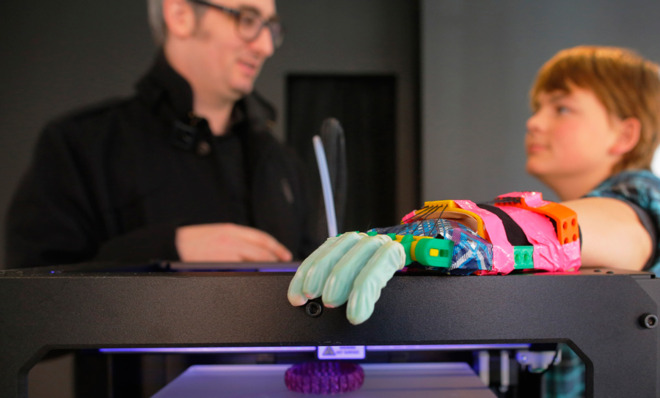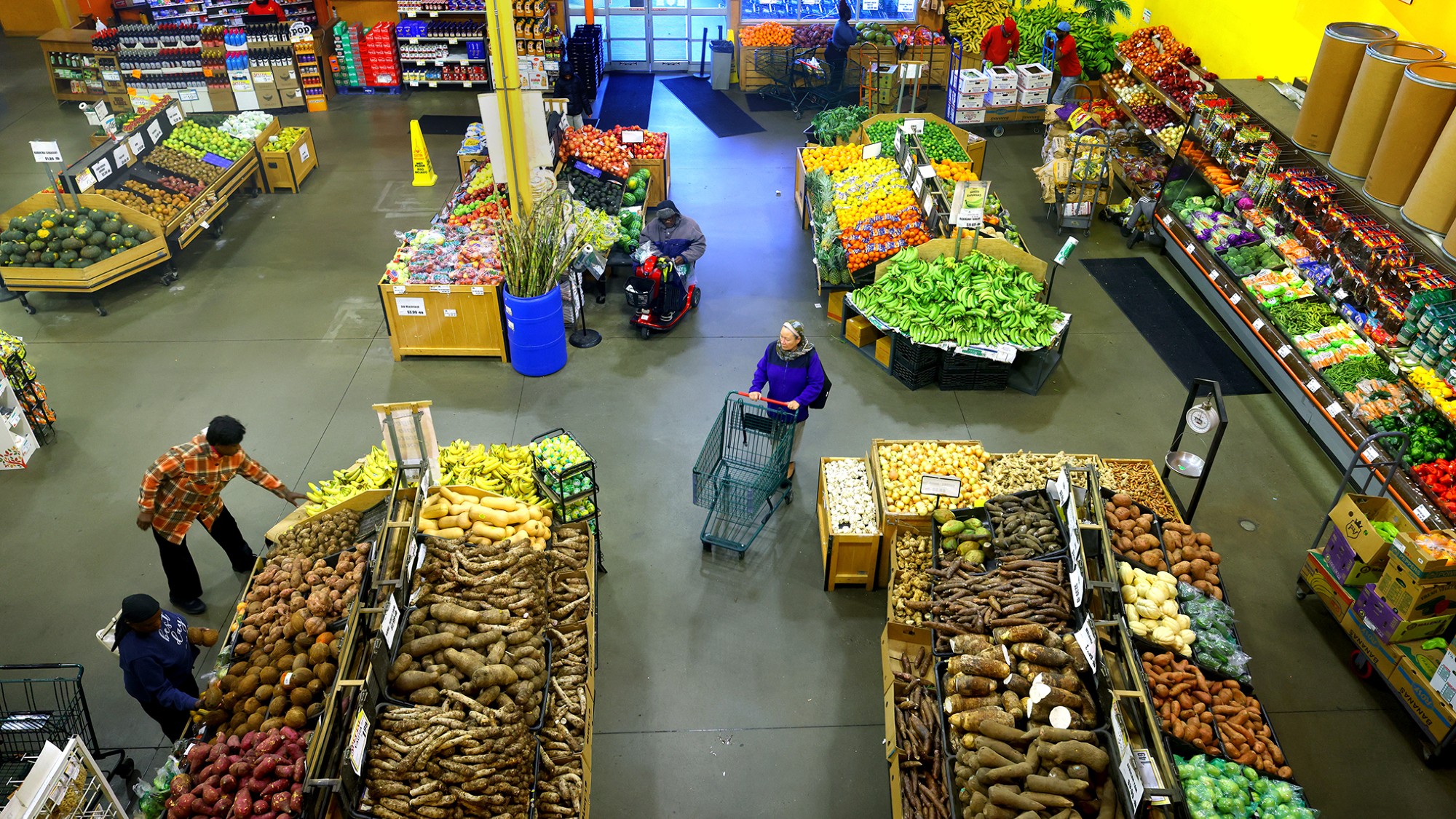How 3D printing could revolutionize organ transplants
Are custom hearts or kidneys on the horizon?

Best known for building plastic objects, 3D printers are quickly becoming a promising tool in medicine.
The medical community has already used the printers to create skulls, tracheas, and even miniature model kidneys. And, one day, they may even be the solution for the organ shortage.
Dr. Faiz Y. Bhora, associate professor of surgery at the Icahn School of Medicine at Mount Sinai in New York City, explained that artificial materials have been long been used in the human body to help fix broken or worn out bones and other internal structures.
The Week
Escape your echo chamber. Get the facts behind the news, plus analysis from multiple perspectives.

Sign up for The Week's Free Newsletters
From our morning news briefing to a weekly Good News Newsletter, get the best of The Week delivered directly to your inbox.
From our morning news briefing to a weekly Good News Newsletter, get the best of The Week delivered directly to your inbox.
Where 3D printing stands out is that it can help doctors customize these products to the exact specifications of the patient, he said. The structures may not need immune-suppressive therapy to keep the body from rejecting them because they contain biological material from the patient.
"To implant plastic prosthetics and replace damaged organs is beyond simplistic assumption of how our bodies work," he explained to The Week. "They constantly interact with the inner and outer environments, and typically reject what is not identified as 'self.' Hence, we are actively working on identifying the 'right fit' to the 'right organ.'"
Bhora and his team previously bioengineered a trachea made out of a biological membrane consisting of stem cells from the donor patient, which in this case was a baby pig. Three months after the bioengineered trachea was planted, the baby pig tripled in weight and doubled in size.
He is now working on prototypes of 3D printed tracheas first made of silicone, then hydrogel-stem cells. If successful, these printed structures will be able to grow with the human, making them perfect for children.
A free daily email with the biggest news stories of the day – and the best features from TheWeek.com
"Our goal is to further study the feasibility of this approach in representative in vivo models before implantation as a tracheal substitute," Bhora explained. "We expect this to happen soon."
Most 3D printers look like a box with an empty square space in the center. Instead of the ink sliding from side to side and words appearing, 3D printers build structured items from the bottom up, layer by layer. It's more efficient than chopping a specific shape out of a block of material. The blueprint for the printed design comes from a digital model created on the computer. And the "ink" can be anything from plastic to biological materials.
However, Bhora emphasizes that the widespread use of 3D-printed organs is still far off, pointing out that there are only a few anecdotal cases of implanted 3D tissues or parts.
In addition to the fact that a working organ still has yet to be printed, the costs haven't been determined. Also, it isn't known how long it will take for the cells to mature and shape — but Bhora believes the evidence so far shows that the time it will take to grow a 3D-printed organ will be significantly less than waiting for an organ to be donated.
"We continue to search for the suitable biomaterial that will form the scaffold of the new tissue," he explained. "The biological interaction of the cells and the biomaterial is crucial for the success of this technology. We also need further understanding of the interaction of the printed tissue with the host. These are few but among the most important questions to advance this field."
(Editor's note: This piece previously misstated the process by which a trachea was constructed. It has been updated.)
Michelle Castillo is a freelance writer and editor and a pop culture junkie. Her work has appeared in TIME, the Los Angeles Times and CBS News.
-
 Homes with great fireplaces
Homes with great fireplacesFeature Featuring a suspended fireplace in Washington and two-sided Parisian fireplace in Florida
-
 Is $140,000 the real poverty line?
Is $140,000 the real poverty line?Feature Financial hardship is wearing Americans down, and the break-even point for many families keeps rising
-
 Film reviews: ‘The Secret Agent’ and ‘Zootopia 2’
Film reviews: ‘The Secret Agent’ and ‘Zootopia 2’Feature A Brazilian man living in a brutal era seeks answers and survival and Judy and Nick fight again for animal justice